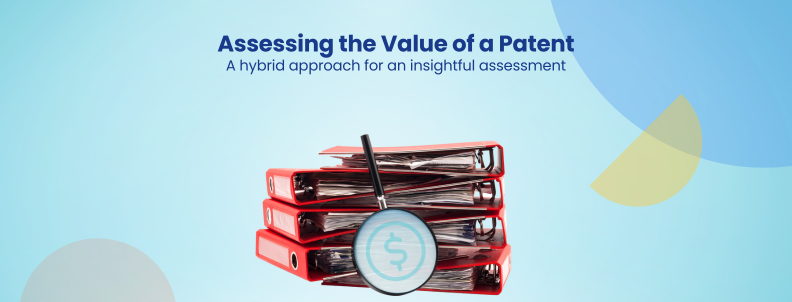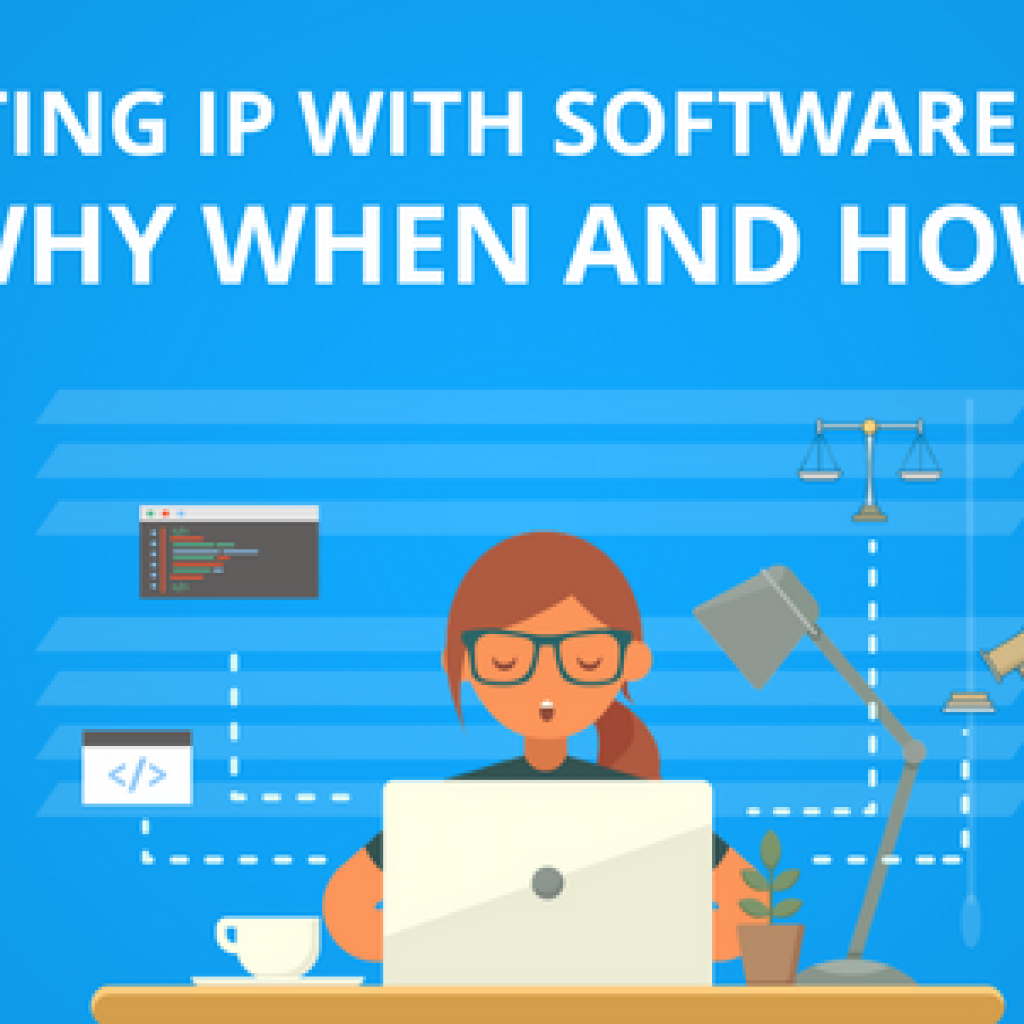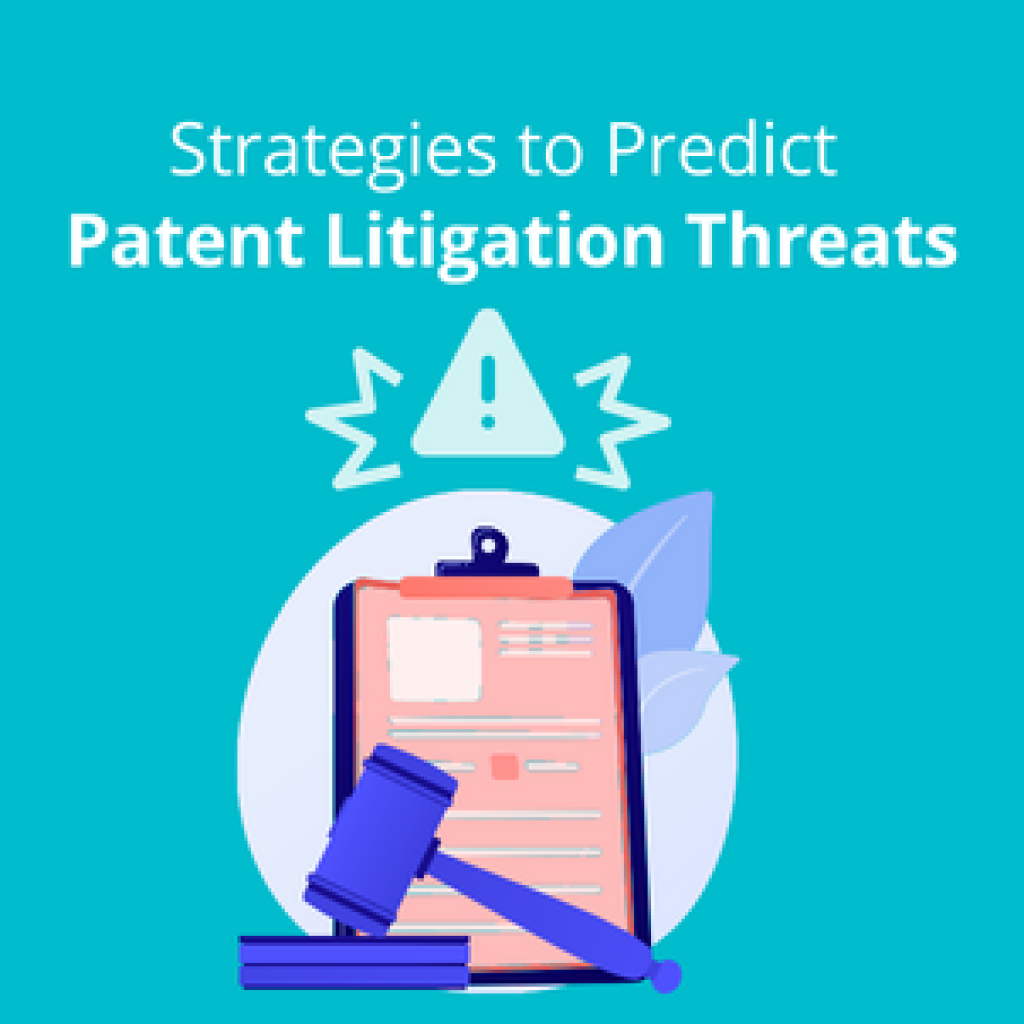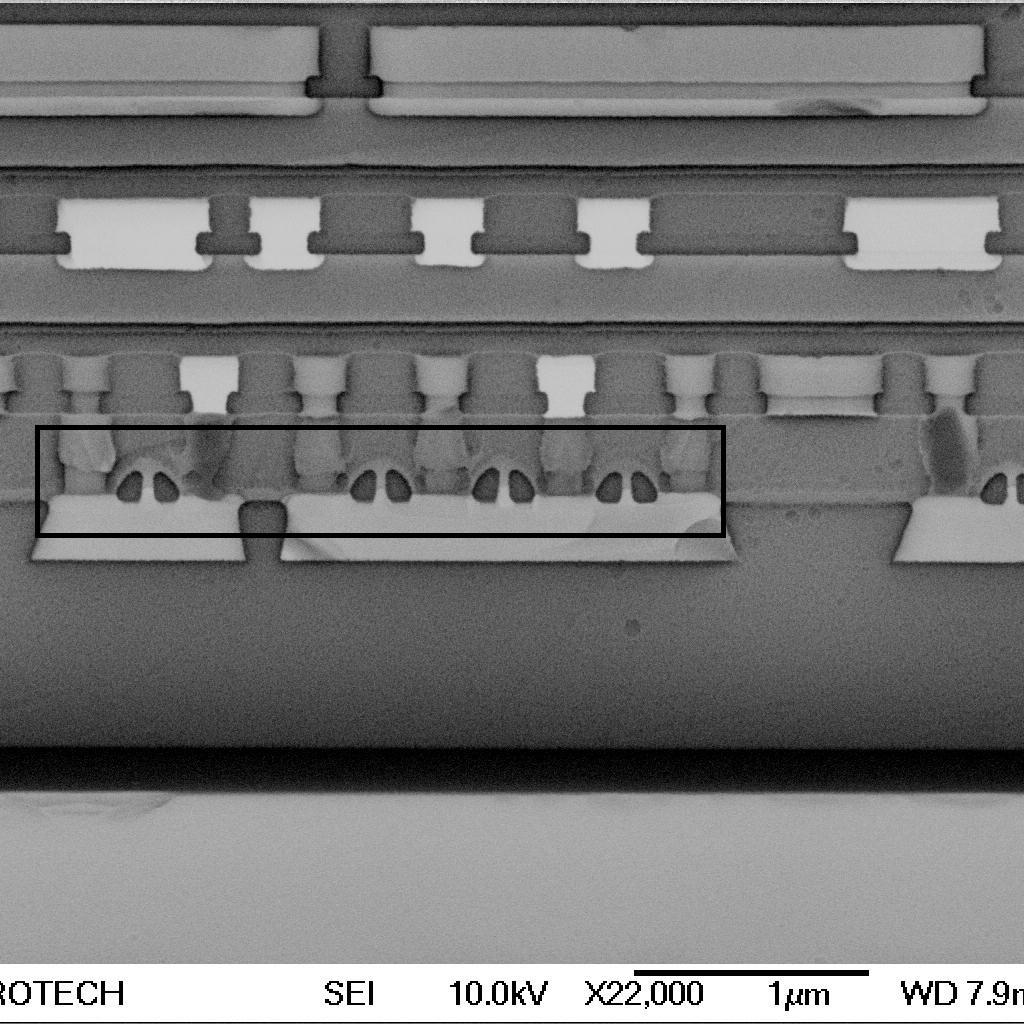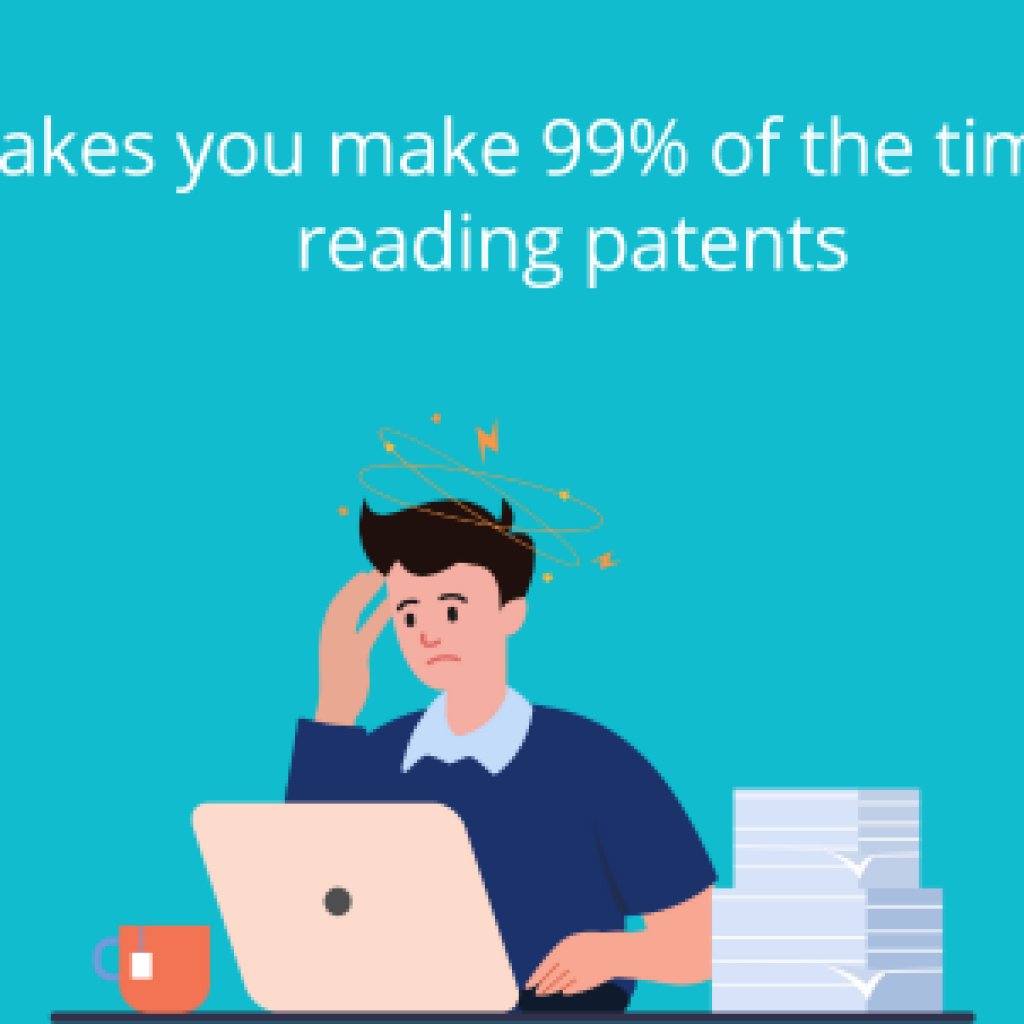When it comes to patent valuation, relying solely on objective criteria presents certain challenges, such as legal risks and failure to adapt to technological evolution. Objective factors act as indicators of a patent portfolio’s health and aid in identifying valuable patents with high potential. However, they will not provide a comprehensive and insightful evaluation of the patent portfolio. As such, it is imperative to consider additional factors when assessing patent value.
In the ever-evolving landscape of Intellectual Property, adopting a more hybrid approach to assessing patent value is imperative. The goal is to refine the patent valuation process by embracing a hybrid approach that blends objective and subjective elements for a more holistic assessment.
Let’s delve deeper into this strategy and explore ways to enhance the analysis and outcomes of the rapid evaluation.
Remaining life of a patent
The previous article indicated an example where there were 3 broad sets of patents. One is the patent was recently granted, and it had significant life remaining (nearly 17 years). This patent was given a rating of 0.5 as the technology might be in a nascent stage. However, this rating could be slightly deceiving. Suppose the subject patent is related to quantum computing. The speed of technological advancement in quantum computing is staggering in current times. This patent could be exceptionally crucial in a portfolio, considering its relevance in current developments and its immense potential for the future.
The second case was the patents that have an average amount of life remaining. Considering the example of patents with 8 years of life remaining. This patent is in a very sweet spot considering the remaining life. However, it could be the case that the technology might have become obsolete and is no longer used by the current market players. For example, there could be some patents related to 3D TVs. If we recall, 3D TVs seemed like a crazy idea for consuming content. However, due to their inherent issues related to the usage of dedicated glasses, their adoption was not exactly encouraging.
To summarize, remaining life, along with the technological relevancy of the patent, can prove to be a much better identification for a gem patent as it necessitates a bit of qualitative or subjective analysis of the patents. This may be quickly assessed by going through the “Field of Invention” & “Background” of a patent and identifying the technology the patent belongs to. Then, a quick Google search can help determine whether the technology is currently relevant.
Generally, relevant technologies have multiple recent articles and research papers being worked on. This combination of factors can be very helpful in assessing the value of patents.
Citation Analysis
The forwarding citation analysis provides information regarding the applications that cited the base patent as prior arts. Similarly, here at GreyB, we have identified a significantly more relevant subset of forward citation, i.e., Blocking Data.
Blocking Data are the patents against which the base patent was cited in their prosecution duration. Since the blocking data is examiner-cited, the chances of relevancy are much higher. Additionally, identifying 102 & 103 rejections helps to further boil down the more relevant patents. Essentially, the patent application whose office action includes the subject patent in the 102 rejection is likely to have technology similar to the base patent.
As a result, the citation analysis clearly indicates how the subject patent can be licensed or monetized, hinting toward the potential value of a patent.
Save time in performing the citation analysis in under a minute.
The Role of Non-Practicing Entities in Citation Analysis (NPEs)
It’s essential to recognize that some patent applications are linked to NPEs. Unlike Operating Companies, these entities do not produce their own products for sale. Consequently, when a blocked patent belongs to an NPE, it suggests that no tangible product may be associated with that patent. This significantly impacts the perceived value of our base patent (for which we are conducting the analysis), as it may not contribute to any actual products or services in the market. Therefore, it’s reasonable to conclude that patents held by NPE assignees may not hold as much significance in the context of citation analysis with blocking data.
Leveraging Blocking Data for Strategic Patent Analysis
A vital strategy for effective patent analysis involves a quick review of blocking data. This process encompasses a comprehensive examination of patent assignees, focusing on identifying Operating Companies. Identifying these companies within the patent landscape allows analysts to pinpoint entities with real-world products.
We obtain essential insights quickly by conducting citation analysis and incorporating a review of blocking data. This approach not only streamlines the patent evaluation process but also serves as a rudimentary market analysis. It provides a preliminary understanding of the potential products associated with patents before delving into the specifics of product searching.
Number of rejections or duration of prosecution
When assessing the strength of a patent, one frequently considered metric is the duration of its prosecution, the process of obtaining patent protection. However, the utility of prosecution duration as an indicator of patent strength is a matter of dual perspectives, with both positive and negative aspects to be weighed.
The Good: Indicative of Strength
A prolonged prosecution period can often be seen as a sign of the patent’s strength. When a patent undergoes a long examination process, it indicates that patent examiners are taking the time to scrutinize the application in-depth. This thorough review process can lead to a higher likelihood of the patent being granted for truly innovative and novel inventions. A robust examination weeds out applications that might lack the required novelty and non-obviousness, ensuring that only genuinely inventive ideas receive protection. Moreover, a longer prosecution period may suggest that the patent applicant and their legal team are willing to invest the time and effort necessary to secure strong patent protection. Such perseverance can lead to stronger claims, enhancing the patent’s value and enforceability.
The Bad: Uncertainties in Novelty
Conversely, a lengthy prosecution duration can also signal potential weaknesses in a patent. Prolonged back-and-forths with patent examiners may stem from ambiguous or broad claims that are challenging to assess. This may indicate that the invention’s novelty and non-obviousness are questionable, ultimately leading to a weaker patent. Additionally, delays in the prosecution process diminish the patent’s value by reducing the effective duration of protection. By the time the patent is finally granted, a significant portion of its term may have lapsed.
While the duration of patent prosecution can provide insights into the potential strength of a patent, it’s essential to do a subjective analysis to identify the type of prosecution the patent has gone through.
Understanding Claim Changes
Another key aspect of a subjective analysis is examining how much the patent claims have transformed from their initial submission to the patent offices. This assessment is critical because it reveals the adaptability and versatility of the patent, providing insights into its potential strength and market relevance. A patent with well-crafted and evolving claims is often a more robust asset.
The Value of File History Analysis
Incorporating a quick file history analysis into the patent evaluation process is a strategic move. It empowers analysts to identify outstanding leads by uncovering the intricacies of a patent’s prosecution journey. This method allows for a more nuanced understanding of a patent’s potential value and adaptability to changing market dynamics.
Claim Length
When assessing a patent portfolio, the length of patent claims emerges as a crucial factor, simplifying the subjective analysis process. However, it’s essential to recognize that relying solely on claim length can introduce ambiguity when attempting to gauge the overall value of patents within a portfolio.
The Good: Discoverability
A patent portfolio boasting concise claim lengths can signal strong discoverability of claim elements. Shorter claims are often easier to identify. A patent with a shorter claim length is always prioritized in any analysis, whether subjective or objective.
The Bad: Limitations and Vulnerability
While concise claim lengths offer benefits, they can also lead to limitations that weaken the patent portfolio’s strength. A smaller claim is more prone to being subject to invalidity decisions in IPRs (Inter Partes Reviews). Smaller claims may not cover potential variations or embodiments of the invention, leaving room for competitors to work around the protected technology. This limitation can undermine the portfolio’s potency, especially if emerging trends or evolving markets demand flexibility.
The Comprehensive Approach:
Claim length is undeniably an important aspect of patent valuation, facilitating the subjective assessment of patent strength. However, it should be used in conjunction with a broader set of criteria to avoid potential ambiguities. A comprehensive evaluation, encompassing multiple dimensions of a patent’s worth, ensures a more accurate assessment of its value within a portfolio.
To gain a more accurate understanding of a patent’s value within a portfolio, it’s crucial to adopt a comprehensive approach. This approach should include a holistic evaluation, considering factors such as market relevance, technological relevance, etc.
Conclusion
It goes without saying that patent valuation is comprehensive only after objective as well as subjective analysis, as it provides a complete picture. A patent’s true strength and value emerge when both approaches intersect and complement each other.
While objective metrics offer a solid foundation, providing quantifiable data and benchmarks for assessment, subjective analysis delves into the qualitative nuances, contextual factors, and strategic alignment that metrics may not capture.
Know what value your patents hold in the real world and if they are an asset or a liability for your business.
Authored By: Akash Maurya & Vincy Khandpur, Patent Infringement Team
Next, Read: 18 Patent Monetization Strategies Everyone Should Know

